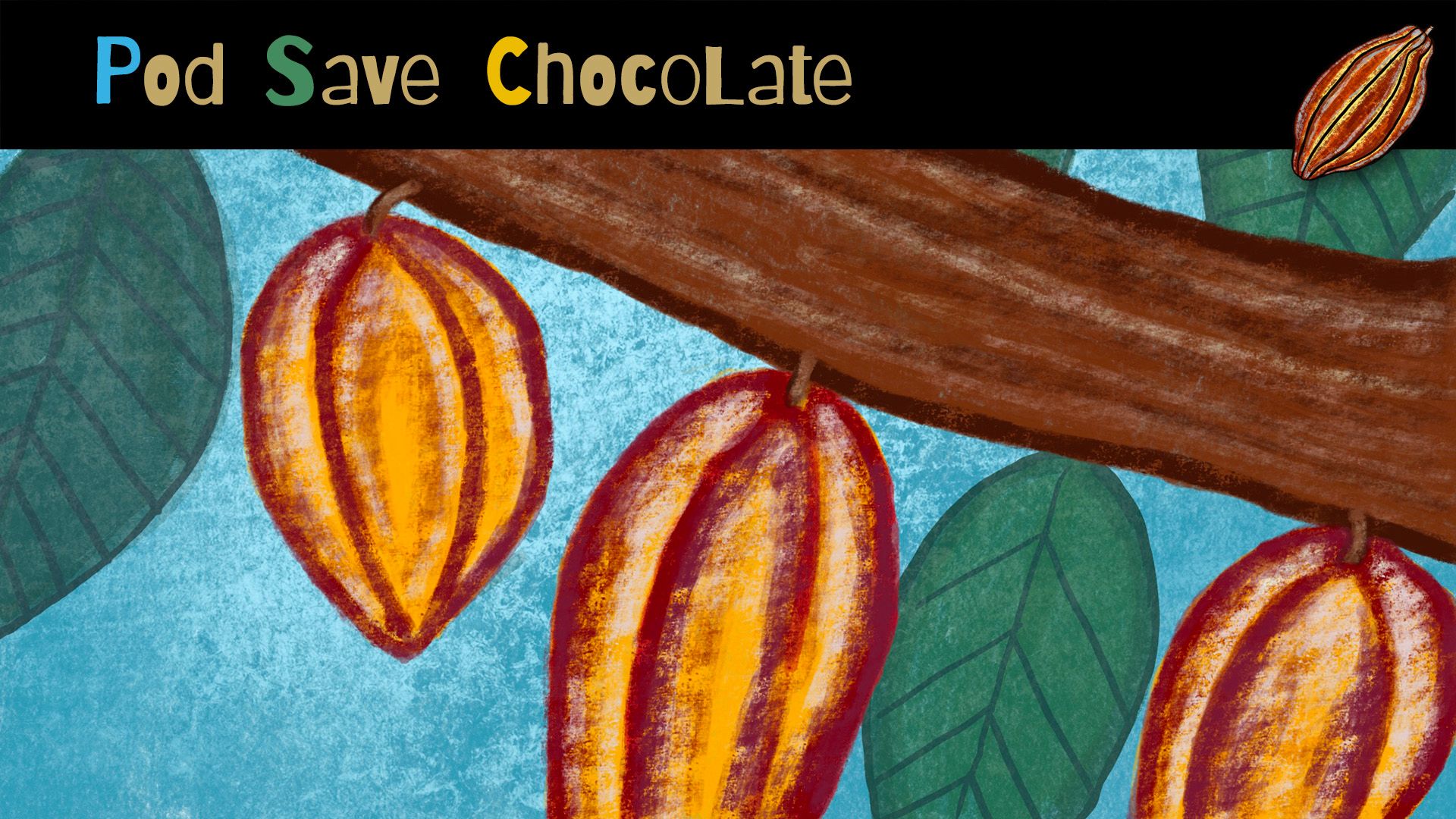Cacao Fermentation 101 | #PodSaveChocolate Ep68

Episode 68 of #PodSaveChocolate is a follow-up to the previous episode Reimagining Fermentation. This episode features a deep dive into the fundamentals of conventional cocoa fermentation. Updated on Sep 4 to include the link to the Knapp book on Gutenberg.org.
When and Where to Watch
Links to watch/comment LIVE – or to view the archived episode – on all three platforms:

Click to watch on YouTube in a new tab or window. Please subscribe (free!) to the @PodSaveChocolate YouTube channel, like this video, comment, and share to help grow the #PSC community.

This LINKEDIN link is shareable.

This FACEBOOK link is also shareable.
Episode 68 Overview
After taking a look at Reimagining Fermentation, this episode of #PodSaveChocolate is a refresher course on conventional and technified cocoa fermentation techniques.

The post for the previous episode.
| Key Concepts Covered |
|---|
| My background |
| When? |
| Natural, Instrumented, and Technified Fermentation |
| Primary (aka anaerobic) Fermentation |
| Secondary (aka aerobic) Fermentation |
| The Purpose and Limitation of Cut Tests |

Background (from the previous episode)
There is no clear understanding of when fermenting cacao became a common practice.
In the places where cacao (Ecuador) and chocolate consumption (Mayan and pre-Maya Mesiamerica) originated, neither archaeological nor documentary evidence provides solid clues as to when the practice began. Even today in places like the State of Tabasco in Mexico cacao lavado (washed, unfermented) cacao is more prevalent than “well-fermented” cacao.
Cacao Sanchéz is the name given to unwashed, unfermented cocoa in the Dominican Republic. Some sources say 50% of the cocoa grown in the DR is Sanchéz. Hispaniola is the name given to well-fermented cocoa.
As the featured photo in this post shows, box fermentation where the boxes are arranged in a “cascade,” has been around for over 100 years. Well before this, individual cacao farmers would routinely heap ferment whatever amount of fresh cacao they harvested in banana leaf cocoons.
Until recently, protocols for fermenting cacao were rooted in history and tradition. Everyone “knows” that you need to ferment for between three and seven days (depending on varietal phenotype), turning the fermenting seeds at intervals to introduce air to move from “anaerobic” to “aerobic” fermentation and to ensure even fermentation to achieve an “80% well-fermented” distribution, as determined by a cut test.
Within the past two decades, our understanding of cacao fermentation has evolved through a focus on chemistry – a better understanding of genetics, understanding the chemistry of the pulp (especially brix and pH), understanding the pH of the fresh cotyledons, understanding the local microbiome (the presence and mix of yeast and bacteria species) that drive primary and secondary fermentation, measuring temperature changes, and more.
The primary goals of technified fermentation have been to develop protocols that steer and control the chemistry of the fermenting seeds and dried beans to achieve greater consistency and create the potential for unique flavors in finished chocolate.
Questions?
If you have questions or want to comment, you can do so live during the episode or, if you are a ChocolateLife member, you can add them in the Comments below at any time.
Episode Hashtags and Related Accounts to Follow
#fermentation #ferment #fermented
#cocoa #cacao #cacau
#chocolate #chocolat #craftchocolate
#PodSaveChocolate #PodSaveChoc
#LaVidaCocoa #TheChocolateLife
Future Episodes
None scheduled when this post was published.
#PodSaveChocolate and #TheChocolateLifeLIVE Archives
To read an archived post and find the links to watch archived episodes, click on one of the bookmark cards, below.



Audio-only podcasts
Become a Premium ChocolateLife Member!
| These offers are available to free members, so subscribe above then click one of the following links. | |
|---|---|
| Team TCL Member Monthly membership | First 2 months FREE (save $10/yr) |
| Team TCL Leader Monthly membership | First 2 months FREE (save $30/yr) |





